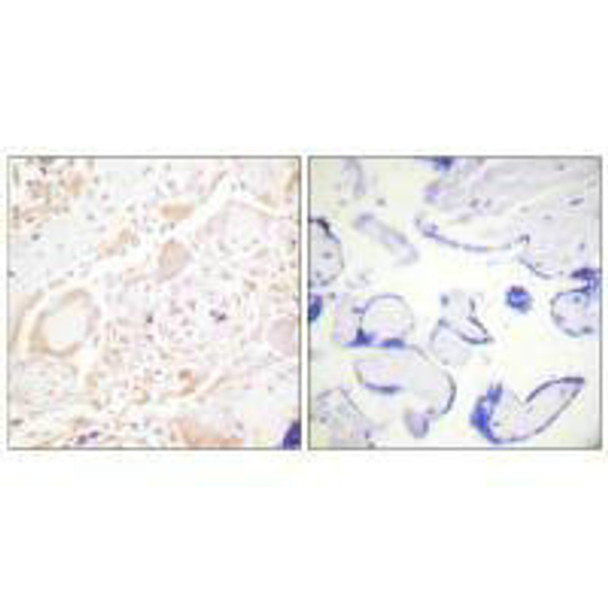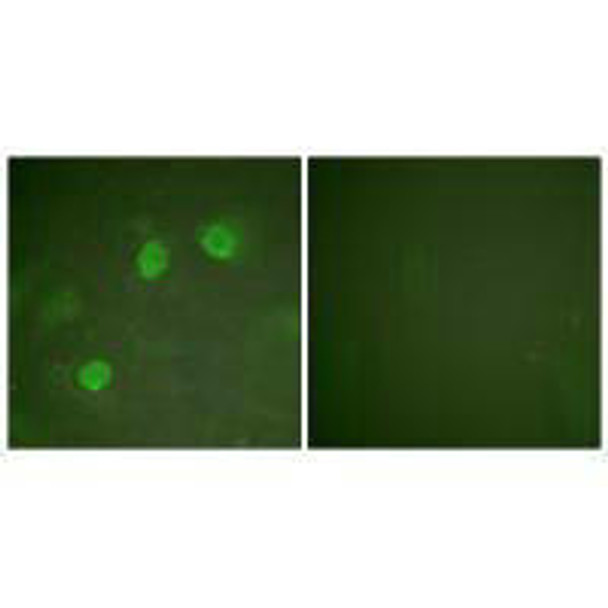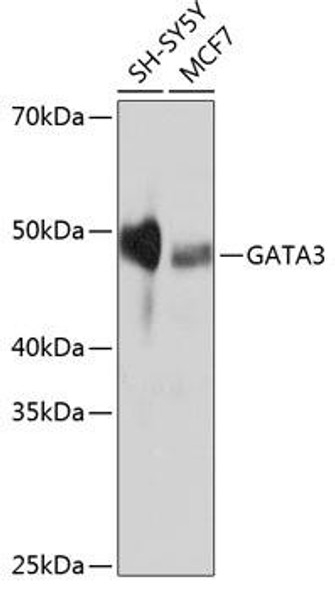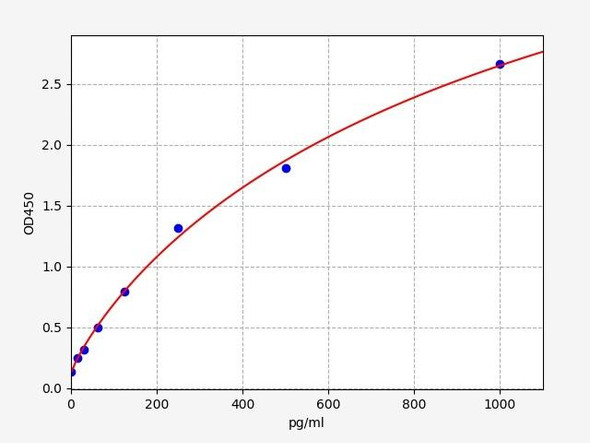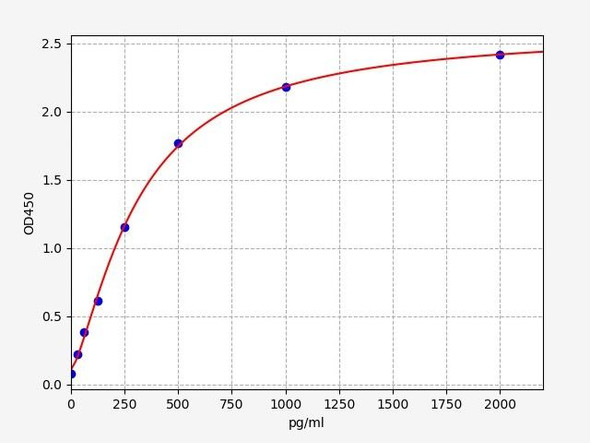Description
GATA3/GATA2 Antibody (PACO23034)
The GATA3/GATA2 Polyclonal Antibody (PAC023034) offered by Assay Genie is a valuable tool for researchers studying the GATA3 and GATA2 transcription factors. These factors play essential roles in the regulation of gene expression, particularly in the development and differentiation of various cell types, including immune cells. Raised in rabbits, this antibody is highly specific and reactive with human samples, making it a reliable choice for Western blot applications. It binds to the GATA3 and GATA2 proteins, enabling the detection and analysis of these factors in a variety of cell types. This makes it an excellent option for studies in immunology, hematopoiesis, and cancer research.
GATA3 and GATA2 are key players in regulating the expression of genes involved in cell growth, differentiation, and development. Dysfunction of these transcription factors has been linked to various diseases, including cancer, immunodeficiency disorders, and hematologic malignancies. Understanding the roles of GATA3 and GATA2 in these conditions is vital for the development of targeted therapies and diagnostic tools. Overall, the GATA3/GATA2 Polyclonal Antibody from Assay Genie is a valuable resource for researchers seeking to investigate the functions and mechanisms of these critical transcription factors in health and disease.
| Antibody Name: | GATA3/GATA2 Antibody (PACO23034) |
| Antibody SKU: | PACO23034 |
| Size: | 100ul |
| Host Species: | Rabbit |
| Tested Applications: | ELISA, WB, IHC, IF |
| Recommended Dilutions: | ELISA:1:2000-1:10000, WB:1:500-1:3000, IHC:1:50-1:200, IF:1:100-1:200 |
| Species Reactivity: | Human, Mouse |
| Immunogen: | Synthesized peptide derived from Internal of human GATA3. |
| Form: | Liquid |
| Storage Buffer: | Rabbit IgG in phosphate buffered saline (without Mg2+ and Ca2+), pH 7.4, 150mM NaCl, 0.02% sodium azide and 50% glycerol. |
| Purification Method: | The antibody was affinity-purified from rabbit antiserum by affinity-chromatography using epitope-specific immunogen. |
| Clonality: | Polyclonal |
| Isotype: | IgG |
| Conjugate: | Non-conjugated |
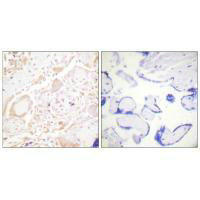 | Immunohistochemistry analysis of paraffin-embedded human placenta tissue using GATA3 antibody. |
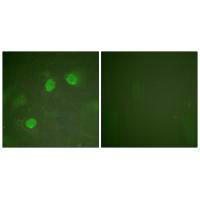 | Immunofluorescence analysis of HeLa cells, using GATA3 antibody. |
| Background: | Transcriptional activator which binds to the enhancer of the T-cell receptor alpha and delta genes. Binds to the consensus sequence 5'-AGATAG-3'. Required for the T-helper 2 (Th2) differentiation process following immune and inflammatory responses. |
| Synonyms: | GATA-binding factor 3; Trans-acting T-cell specific transcription factor GATA-3; |
| UniProt Protein Function: | GATA3: a transcriptional regulator central in Th2 cell differentiation. Inhibits breast cancer growth and pulmonary breast cancer metastasis. Represses INK4C transcription, constrains luminal progenitor cell expansion, and suppresses luminal tumorigenesis in the mammary gland. High GATA3 and low INK4C expression predicts a favorable patient outcome in luminal A type breast tumors. IFN-lambda1 (IL-29) inhibits GATA3 expression and suppresses Th2 responses in human T cells. GATA3 haploinsufficiency leads to HDR (hypoparathyroidism, deafness, and renal dysplasia) syndrome. Two alternatively spliced human isoforms have been described. |
| UniProt Protein Details: | Protein type:Transcription factor Chromosomal Location of Human Ortholog: 10p15 Cellular Component: nucleoplasm; nuclear chromatin; nucleolus; nucleus Molecular Function:protein dimerization activity; protein binding; DNA binding; zinc ion binding; interleukin-2 receptor binding; transcription coactivator activity; transcription factor binding; transcription factor activity Biological Process: developmental growth; positive regulation of transcription, DNA-dependent; cell maturation; ear development; cell fate determination; uterus development; T cell receptor signaling pathway; post-embryonic development; negative regulation of interleukin-2 production; norepinephrine biosynthetic process; regulation of neuron apoptosis; erythrocyte differentiation; anatomical structure formation; mesonephros development; kidney development; regulation of cytokine biosynthetic process; response to drug; thymic T cell selection; anatomical structure morphogenesis; inner ear morphogenesis; positive regulation of signal transduction; embryonic hemopoiesis; response to virus; negative regulation of fat cell differentiation; parathyroid gland development; negative regulation of mammary gland epithelial cell proliferation; response to ethanol; positive regulation of T cell differentiation; response to estrogen stimulus; positive regulation of transcription from RNA polymerase II promoter; pro-T cell differentiation; negative regulation of transcription, DNA-dependent; regulation of CD4-positive, alpha beta T cell differentiation; transcription from RNA polymerase II promoter; lens development in camera-type eye; axon guidance; phosphoinositide 3-kinase cascade; TOR signaling pathway; neuron migration; defense response; negative regulation of transcription from RNA polymerase II promoter; signal transduction; negative regulation of cell cycle; positive regulation of interleukin-4 production; negative regulation of cell proliferation; sympathetic nervous system development; negative regulation of interferon-gamma production; response to gamma radiation; type IV hypersensitivity; pharyngeal system development; thymus development; in utero embryonic development; male gonad development; humoral immune response; positive regulation of protein kinase B signaling cascade; negative regulation of inflammatory response; innate immune response; regulation of histone H3-K4 methylation; T-helper 2 cell differentiation; blood coagulation Disease: Hypoparathyroidism, Sensorineural Deafness, And Renal Disease |
| NCBI Summary: | This gene encodes a protein which belongs to the GATA family of transcription factors. The protein contains two GATA-type zinc fingers and is an important regulator of T-cell development and plays an important role in endothelial cell biology. Defects in this gene are the cause of hypoparathyroidism with sensorineural deafness and renal dysplasia. [provided by RefSeq, Nov 2009] |
| UniProt Code: | P23771 |
| NCBI GenInfo Identifier: | 120962 |
| NCBI Gene ID: | 2625 |
| NCBI Accession: | P23771.1 |
| UniProt Secondary Accession: | P23771,Q5VWG7, Q5VWG8, Q96J16, |
| UniProt Related Accession: | P23771 |
| Molecular Weight: | 443 |
| NCBI Full Name: | Trans-acting T-cell-specific transcription factor GATA-3 |
| NCBI Synonym Full Names: | GATA binding protein 3 |
| NCBI Official Symbol: | GATA3 |
| NCBI Official Synonym Symbols: | HDR; HDRS |
| NCBI Protein Information: | trans-acting T-cell-specific transcription factor GATA-3; GATA-binding factor 3 |
| UniProt Protein Name: | Trans-acting T-cell-specific transcription factor GATA-3 |
| UniProt Synonym Protein Names: | GATA-binding factor 3 |
| Protein Family: | GATA-binding factor |
| UniProt Gene Name: | GATA3 |
| UniProt Entry Name: | GATA3_HUMAN |
| Antibodies |
| GATA3/GATA2 Antibody (PACO02777) |
| Secondary Antibody |
| Anti-HRP Goat Anti-Rabbit IgG (H+L) Antibody (CABS014) |
| Recommended Products |
| Anti-FITC Goat Anti-Rabbit IgG (H+L) Antibody (CABS011) |
| Anti-HRP-conjugated Beta Actin Antibody (CABC028) |

